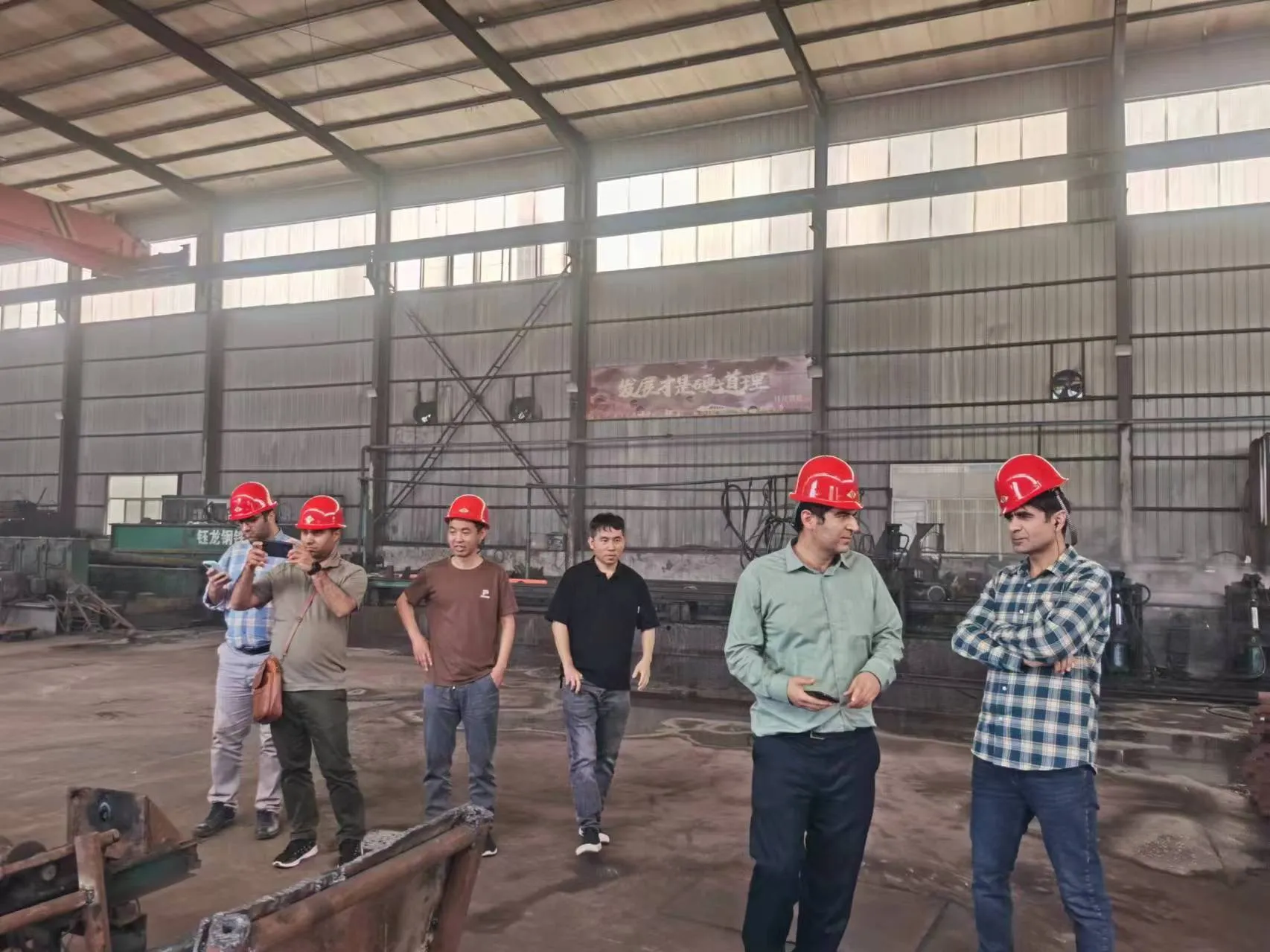Current location:
pipe cap supplier
Date:2025-08-18 01:36:58 Read(143)

Understanding 90-Degree and 45-Degree Elbows in Piping Systems In piping systems, elbows are essential components used to change the direction of fluid flow. Among the various types of elbows, 90-degree and 45-degree elbows are the most commonly used. Understanding the significance, applications, and implications of these elbows can greatly enhance the design and efficiency of piping systems, be it in industrial, commercial, or residential settings. Definition and Composition Both 90-degree and 45-degree elbows serve the same primary purpose redirecting the flow of liquids or gases within a piping network. The primary difference between the two lies in the angle of deflection. A 90-degree elbow shifts the flow direction by a quarter turn, while a 45-degree elbow changes the direction by one-eighth. This seemingly marginal difference can have significant implications on the overall fluid dynamics within the system. Typically, these elbows are made from materials such as steel, plastic, or copper, depending on the specific requirements of the application. The choice of material influences not only the durability and lifespan of the elbow but also its resistance to corrosion and pressure. Applications 90-Degree Elbows The 90-degree elbow is perhaps the most frequently utilized elbow in piping systems. Its ability to create sharp turns makes it ideal for situations where there is limited space and a need to redirect flow effectively. Common applications include 1. Industrial Piping Systems In manufacturing and processing, fluid often needs to change direction sharply due to equipment arrangement, making 90-degree elbows essential. 2. HVAC Systems In heating, ventilation, and air conditioning systems, 90-degree elbows help direct airflow through various ducts and vents, optimizing system efficiency. 3. Plumbing In residential plumbing, the 90-degree elbow allows for efficient redirection of waste and potable water, especially in tight spaces such as walls and ceilings. 90 degree and 45 degree elbow 45-Degree Elbows While 90-degree elbows are compact, the 45-degree elbow is favored in scenarios where a gentler turn in flow is necessary. Common applications include 1. Long-Distance Fluid Transport In long stretches of piping—such as those found in oil and gas infrastructure—45-degree elbows minimize turbulence and pressure loss, enhancing flow efficiency. 2. Efficient Ventilation Systems In building ventilation, using 45-degree elbows can help reduce the noise generated by the airflow, creating a more comfortable environment. 3. Complex System Configurations When designing intricate piping layouts that require multiple turns, engineers often choose 45-degree elbows to maintain flow efficiency and improve overall system performance. Impact on Flow Dynamics The choice between 90-degree and 45-degree elbows significantly influences the flow dynamics within a system. The sharper angle of the 90-degree elbow can lead to increased turbulence and higher pressure drop, which may reduce system efficiency. Conversely, the gentler turn of a 45-degree elbow encourages smoother flow, resulting in less energy loss and thereby enhancing operational efficiency. However, this comes at a trade-off. While 45-degree elbows are more efficient in terms of flow, they may require more space and increase the complexity of the piping layout. In contrast, the compact nature of 90-degree elbows allows for more versatile design options, especially in confined areas. Conclusion In summary, both 90-degree and 45-degree elbows play a crucial role in the functioning of piping systems across various industries. Their unique characteristics and applications help engineers and designers optimize fluid flow, enhance efficiency, and tailor systems to meet specific operational needs. By carefully considering the choice of elbows, one can significantly impact the overall performance and reliability of a piping system, ensuring safety, efficiency, and longevity in its operation. Whether for industrial applications or everyday plumbing needs, the significance of these seemingly simple components cannot be overstated.
Share:
Kind tips:The above content and pictures are compiled from the Internet and are for reference only. I hope they will be helpful to you! If there is any infringement, please contact us to delete it!
You may also like
- API 5L Schedule 40 Pipe choose the best option for your project specifications.
- Exploring Innovations in Irregular Part Casting Techniques for Enhanced Manufacturing Efficiency and
- Custom Stainless Steel Tube Bending Services for Unique Applications and Designs
- Exploring 3% 204% X 36 Galvanized Pipe Specifications and Applications in Various Industries
- Choosing the Right 8 Inch Flange for Your Plumbing Needs and Projects
- en 1092 1 type 01
- Brida ciega de 6 pulgadas para aplicaciones industriales y de tuberías
- Exploring 90-Degree and 45-Degree Elbow Designs for Optimal Flow Efficiency
- DIN 2527 Flange - Specifications, Types, and Applications